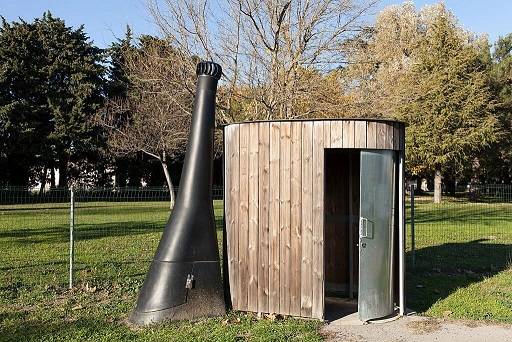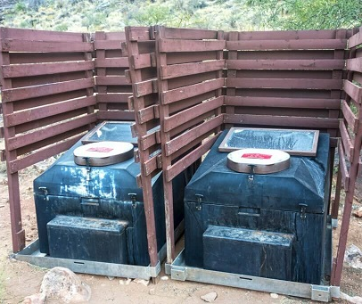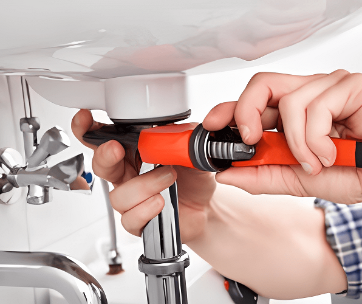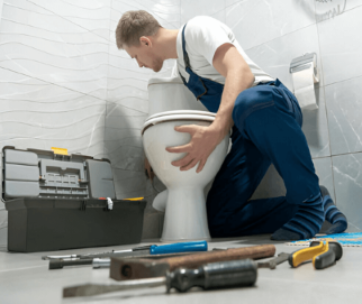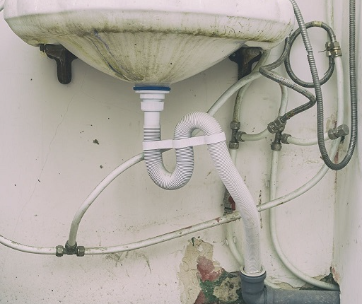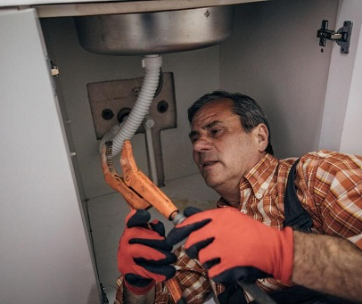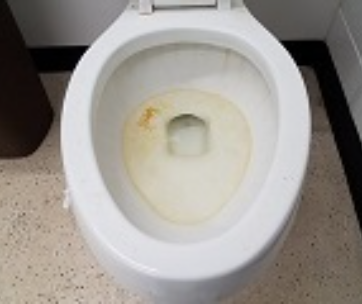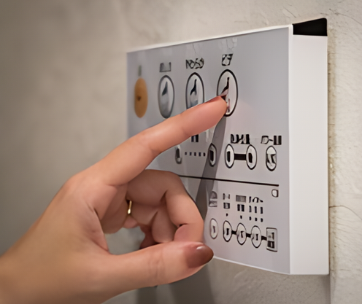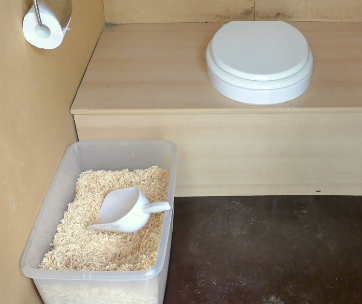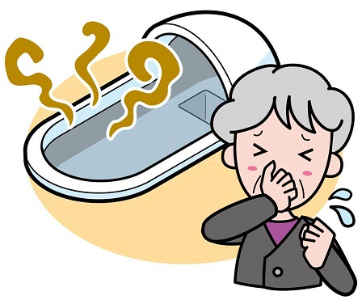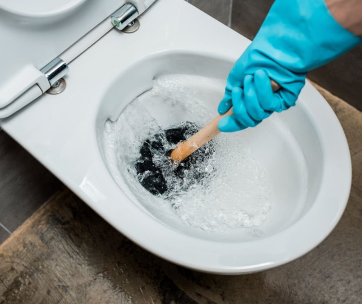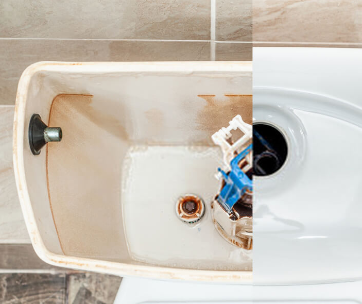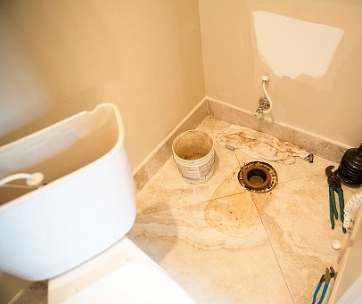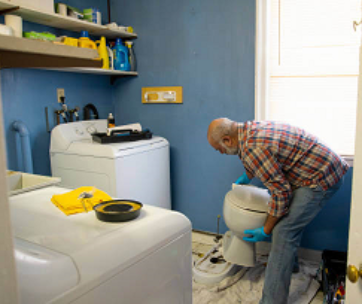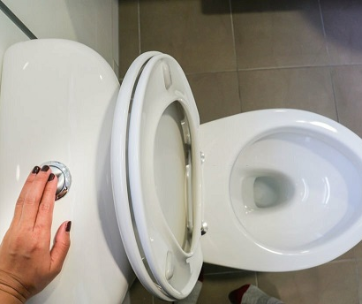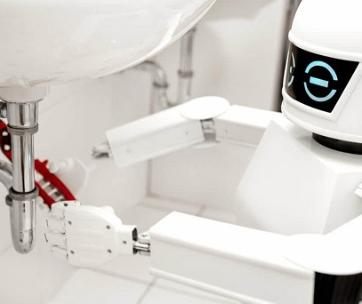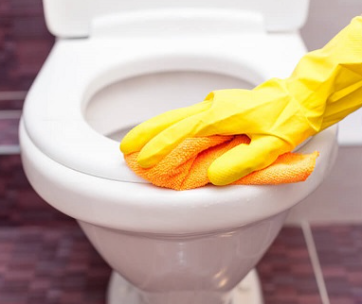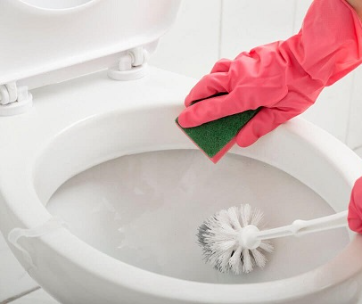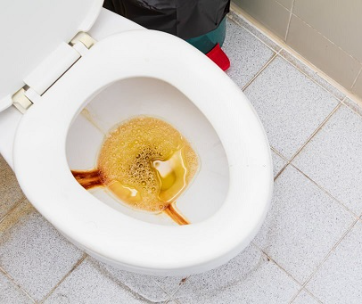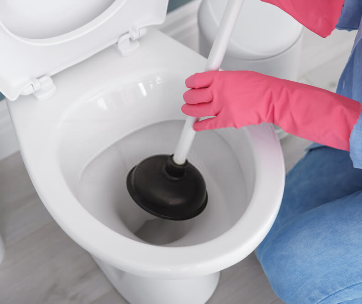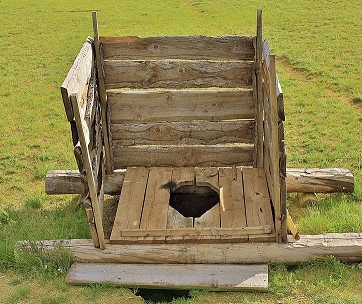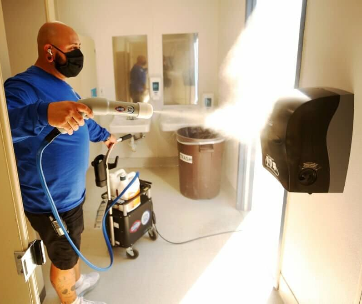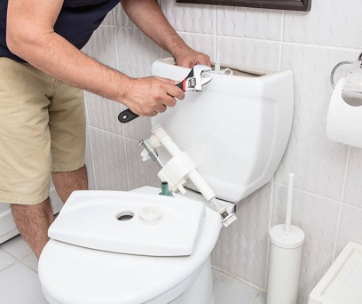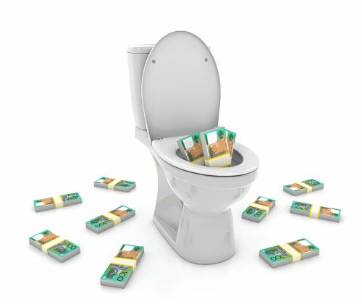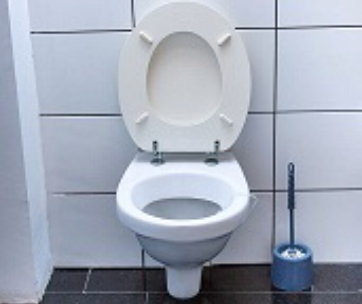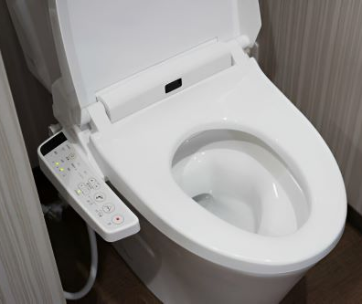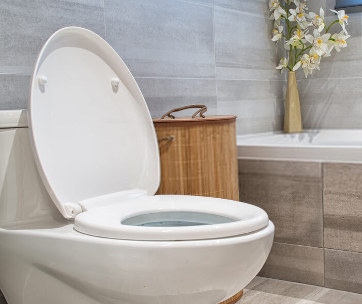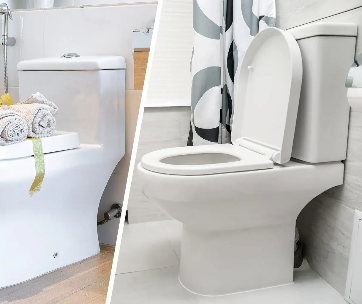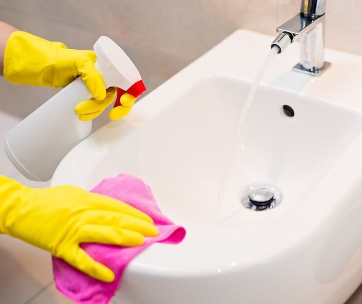Dry toilets, also known as Waterless Toilets, are environmentally friendly and save alot of water for the user. Whereas water scarcity is a norm in many countries around the globe, these Toilets are suitable for many areas worldwide.
This artifact will traverse the different types of waterless toilets and how they operate. What are the best dry Toilets around the world?
Composting toilets
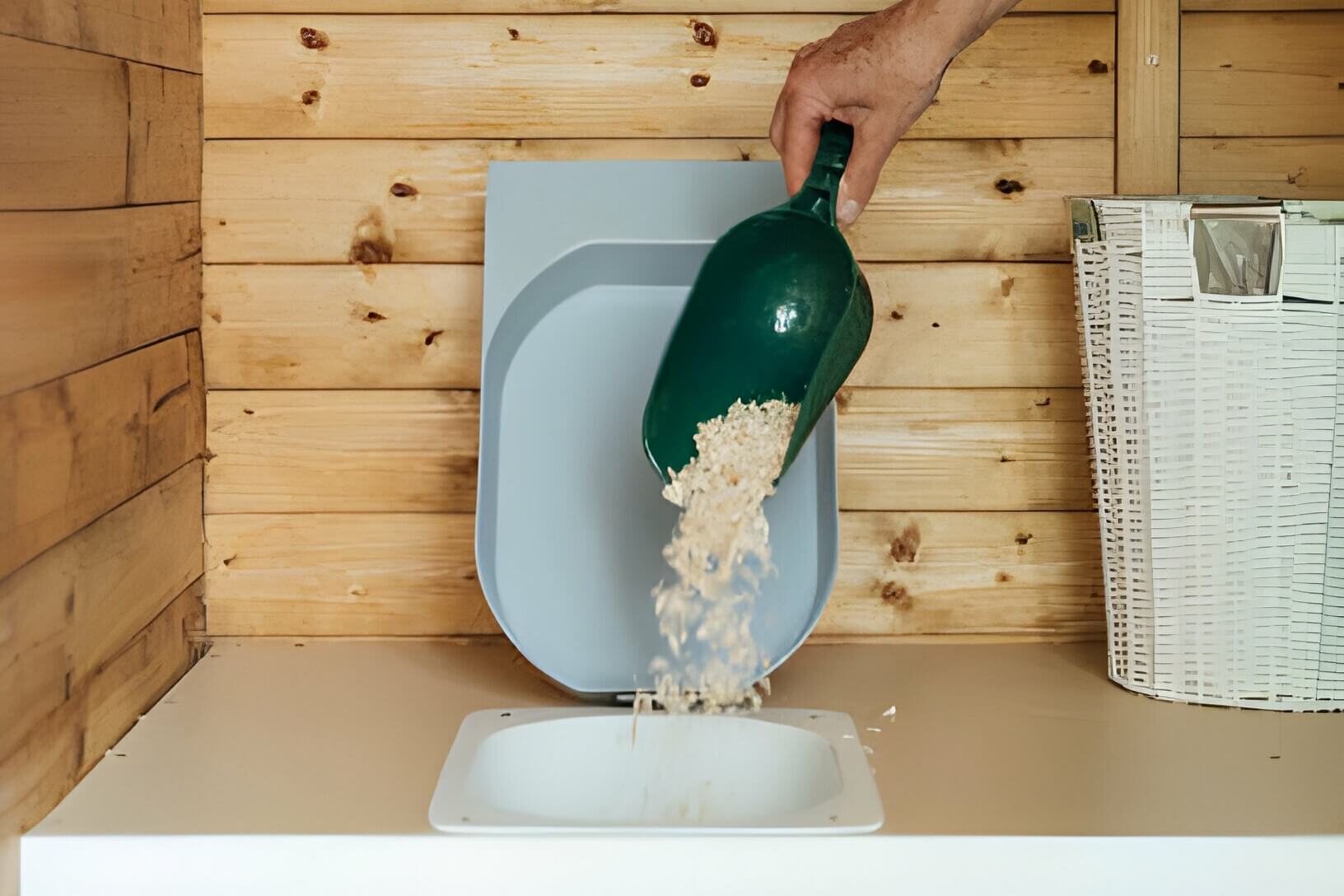
These types of toilets allow human waste to decompose after sometimes by covering the remains with sawdust and other organic materials. Composting toilets use decomposing processes to break down human waste in lieu of using water to flush them down.
This Toilets can be comfortably used in homes , workplaces, public areas, and boats because they are environmentally friendly.Ever wondered how decomposing toilets work?
Waste separation process
Accordinlgy human waste comes both in liquid and solid form, this Toilet initially separates the two genres of waste. There are different models of decomposing toilets where others come with systems that automatically separate them.The separation process aims to reduce the effects of the odour and facilitate faster decomposition.
The Decomposing process
This toilet has a separate chamber that holds both feces and tissue papers. The section contains a mixture of bulking agents and other organic materials such as sawdust and peat moss, mixed with the solid waste after separation. Organic materials are a critical part of the decomposing process as they provide room for the aeration process, which is effective for decomposition.
The Microbiology activity
Solid waste is broken over time through a microbiology activity known as natural aerobic. The process assists in decomposing by generating heat and eliminating pathogens.
Management of Urine
This system is designed in a manner that urine is collected separately because it has a high nitrogen level. Some decomposing toilets have a storage tank where the urine is sent for dilution and to be used as fertilizer. The tank is designed so that the moisture from the tank cannot re-enter the deposing process.
Maintenance
For the toilet to function properly, the system is maintained regularly. Maintenance includes addition of decomposing materials, checking the temperatures, and ensuring zero moisture availability.
Control of Odor
A decomposing toilet has a ventilation system that directs the Odor outside the system. The ventilation also ensures that the aerobic condition is maintained within the chambers.
Final product
The entire decomposing process takes longer, depending on various factors. Decomposed feces are then collected for fertilizer in tree farms and other non-edible plants.
The world is ever changing, and a great deal of the populace want to adopt eco-friendly house amenities. Decomposing toilets are known for reducing costs by saving water and providing fertilizer for farm use. Apart from the bathrooms offering an eco-friendly waste disposal solution, it requires regular maintenance to accelerate the decomposing process and ensure system efficiency.
Incinerating Waterless Toilets
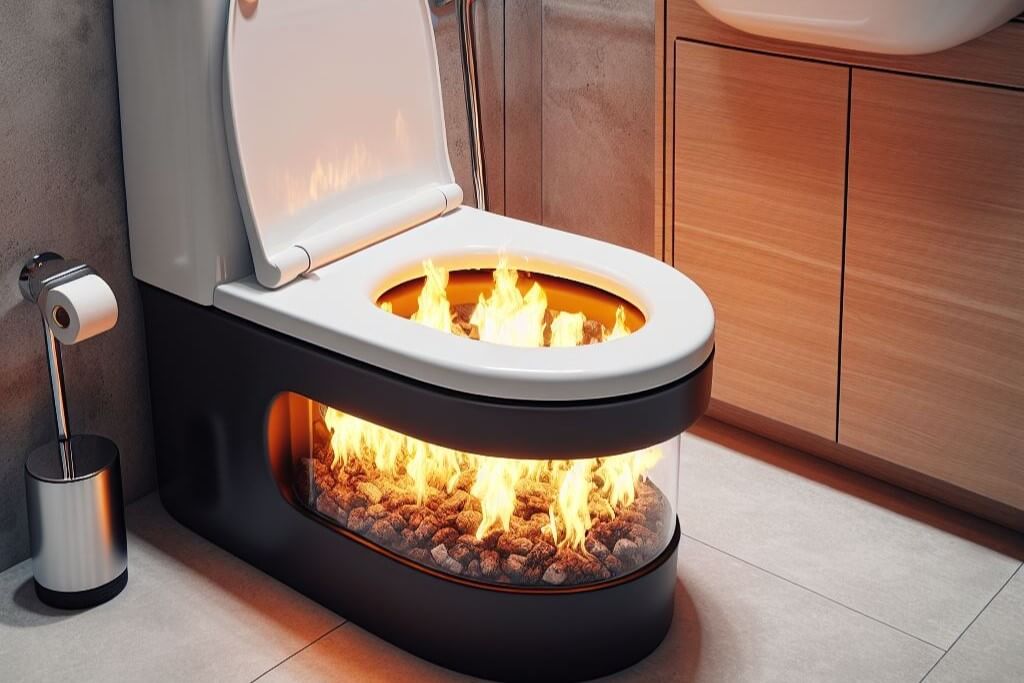
Incinerating toilets are designed to burn waste into ashes at a very high temperature. These kinds of toilets are standard in remote areas.
How do Incinerating Toilets work?
Waste separation process
The process starts with collecting feces and tissue paper in a well-designed chamber. The system also has separate places for urine collection.
The incinerating process
The system subjects the solid waste to an 870-degree temperature after being used. The Toilet waste is broken down into ashes by the high-temperatures.
Sterilization process
The high temperature in the system is meant to sterilize the solid waste, therefore eliminating the malodor. The end product is disposed of as odorless ashes.
Ash collection process
The incineration process leaves the solid waste as ashes, which are removed from the system for disposal. Some crafts have well-designed approaches that automatically dispose of the ashes, while others must be removed manually.
Source of energy
The high temperature in the Fire Toilets is generated by energy. The energy is generated by electricity, gas, or any other energy source.
Ventilation system
An incinerating toilet has a ventilation system to remove stink and fumes from the waste. This is also meant to maintain a good quality inner air. The advantage of using the incinerating toilet is that it can reduce human waste into tiny volumes of pleasant waste. The bathrooms are commonly used in remote areas and areas that don’t have good infrastructure.
Even though the Toilet provides efficient mode of waste disposal, finding a reliable energy source in remote areas makes it a non-environmentally friendly means as it consumes considerable energy.
Bucket Waterless Toilets
This is a very uncomplicated way of disposing of waste. The waste is collected into a container and then disposed of or decomposed. Bucket toilets are commonly found in areas with limited access to reliable sewerage structures, limited plumbing services, and for emergencies.
How does a bucket toilet work?
The Bucket
The bucket acts as a toilet bowl by collecting waste into the container. Bucket toilets are designed differently, as others come with well-customized seats for users’ comfort.
The lining material
The lining is placed into the bucket to help collect the waste and keep it from pouring out. It’s also a cleaner way of reducing the effect of scent and makes disposal easier.
How to use the bucket toilet
The bucket is the toilet seat, while wastes are deposited in the bucket linen.
Cover materials
The toilet has side sprinkle materials such as sawdust sprinkled on top of the solid waste after disposal into the bucket. The essence of the cover material is to absorb the moisture from the solid waste and give room for decomposition.
Bucket lid
A bucket toilet has a tight seal that covers the bucket after use to control the foul smell and maintain quality inside the air.
Waste disposal process
Once the bucket is complete, the disposal bag inside the container is carefully removed, and then the container is closed. After the waste is removed from the bucket, it is disposed of to ensure the environment is well-conserved and converses with local regulations and disposal guidelines.
A bucket toilet needs regular maintenance practices to reduce their consequences on the ecosystem.
Urine Diverting Waterless Toilets
A urine-diverting Toilet is well-designed to automatically separate human waste into liquid and solid forms. Urine is collected distinctly, and feces decomposed for use as fertilizer. Urine-diverting Toilets are tailored for usage in places with water scarcity. The system is designed to reduce the amount of water to be used, which makes it more environmentally friendly.
This is how a urine-diverting toilet works.
Waste separation process
The system has two waste separation systems designed as containers, one for urine and the other for feces. A well-steered chamber achieves the process of directing the two kinds of waste into separate containers. Urine is collected in a separate tank. Solid waste produced, including toilet paper and feces, is sent to separate containers for disposal.
Odor management
The toilet also has ventilations that serve to establish control against foul odors. The bathroom also has covers for the solid waste section.
Reuse of urine
Urine collected from the toilet is rich in nitrogen supply and used to make fertilizers for farming. However, for the urine to retain its nutritional value, proper storage is required.
Maintenance
For the urine-diverting toilet to function properly, regular maintenance and repair is required. The sustainance undertaking involves cleaning the urine container, ensuring that solid waste is disposed of and the section is well cleaned, and making sure that the ventilation is functioning correctly for stench control.
Urine-diverting toilets are known for reducing water usage, providing a means for getting nitrogen for fertilizer use, and contributing to waste management. The bathrooms are established in areas experiencing ecological challenges and water scarcity. They can also be found in specific building designs.
Although Urine separation toilets save the users on the cost of water, the entire separation process provides room for contamination if not done correctly. It’s also sometimes hard to store the urine with the correct amount of nutrients needed for fertilizer.
Chemical Waterless Toilets
Chemical toilets are designed with specific chemicals to break down waste and manage savor. They are portable and can be found in recreational cars. The Toilets have a system that breaks down solid waste and controls the odor released. They are commonly used in areas with poor drainage systems, such as recreational centers, construction sites, and portable toilets. It is now time to investigate how a chemical toilet works.
Waste collection process
A chemical toilet has a tank that is well-designed to receive human waste both in soil and liquid form. The holding tank is located within the system. Depending on the toilet design, some chemical toilets have separate sections for the two types of waste.
Chemical Addition
After waste is disposed of in the holding tank, chemicals that contain biocides, enzymes, and deodorizers are added to the container to accelerate the decomposition process.
Waste breakdown
The chemicals added to the storage tank are well formulated and designed to break down the organic matter into waste. The chemical is divided into two where biocides and enzyme decompose the waste while deodorizer neutralizes the odor effect
Delusion process
Depending on the design, some chemical toilets mix the waste using water, which makes mixing with the chemical easier. The water helps accelerate the waste breakdown process.
Ventilation system
For proper air circulation, a ventilation system is inserted into the chemical toilet system. The system is well-planned to direct waste outside the toilet.
Maintenance and repairs
Proper servicing and maintenance are required for the chemical waterless toilet to function correctly. The servicing process involves chemical replenishing and tank replacement depending on the frequency of usage and tank size.
Waste disposal process
After decomposition, the waste in the storage tank is disposed of in a well-designated facility explicitly designed for waste disposal. For enhanced waste management, the disposal process is done by well-trained staff.
Compared to other types of waterless toilets, chemical toilets provide a faster, convenient, and hygienic way to waste disposal.
The toilets are commonly used in mobile homes, recreational centers, outdoor events, and other temporary locations. They are also suitable for places that have limited access to water and drainage systems.
Even though chemical waterless toilets are recommended as the best waterless toilets, they need regular maintenance, which is costly sometimes. The chemicals also have environmental impacts on the surrounding environment.
Another disadvantage is that it is sometimes hard to get a reliable way to dispose of the chemically mixed waste. Other kinds of waterless toilets include;
Sawdust waterless toilets
The toilet uses sawdust or other materials to cover the waste, accelerating the decomposing process.
Dry flush, waterless toilets
This toilet uses a tight sealing mechanism to seal the organic waste, thus making decomposition and disposal easier. The technique also ensures that the odor from the waste doesn’t expel out.
Pit waterless toilets
As the name suggests, pit toilets are well-designed, deeply dug holes for waste disposal. The pit is dug far away from the homestead to prevent odor and covered after some time when it's almost complete.
Solar waterless toilets
Solar toilets use solar to dehydrate and decompose solid waste, making it dry and stenchless.
Vermicomposting waterless toilets
This waterless toilet uses worms to break the waste into smaller materials that the worms can consume. After worm consumption, the waste is turned into nutrient-rich materials that are used for farming.
Conclusion
Waterless toilets are a great alternative to traditional flush toilets and can be used in a variety of settings. They are particularly well-suited for remote areas where access to water and sewer systems is limited. However, even in urban areas, waterless toilets can be an excellent choice for those looking to reduce their environmental impact.
When deciding on the best waterless toilet to use, there are several factors to consider. The frequency of use is an important consideration, as some models may be better suited to high-traffic areas than others. Budget is also a key factor, as the price of waterless toilets can vary widely depending on the features and materials used.
Additionally, local waste disposal regulations should be considered when selecting a waterless toilet. Some areas may have strict guidelines for waste disposal that may limit the types of dry toilets used. It is essential to do your research and consult with local authorities to ensure you choose a bathroom compliant with all regulations.
Overall, with its many benefits and options available, waterless toilets are an excellent choice for those looking for a sustainable and efficient alternative to traditional flush toilets.

